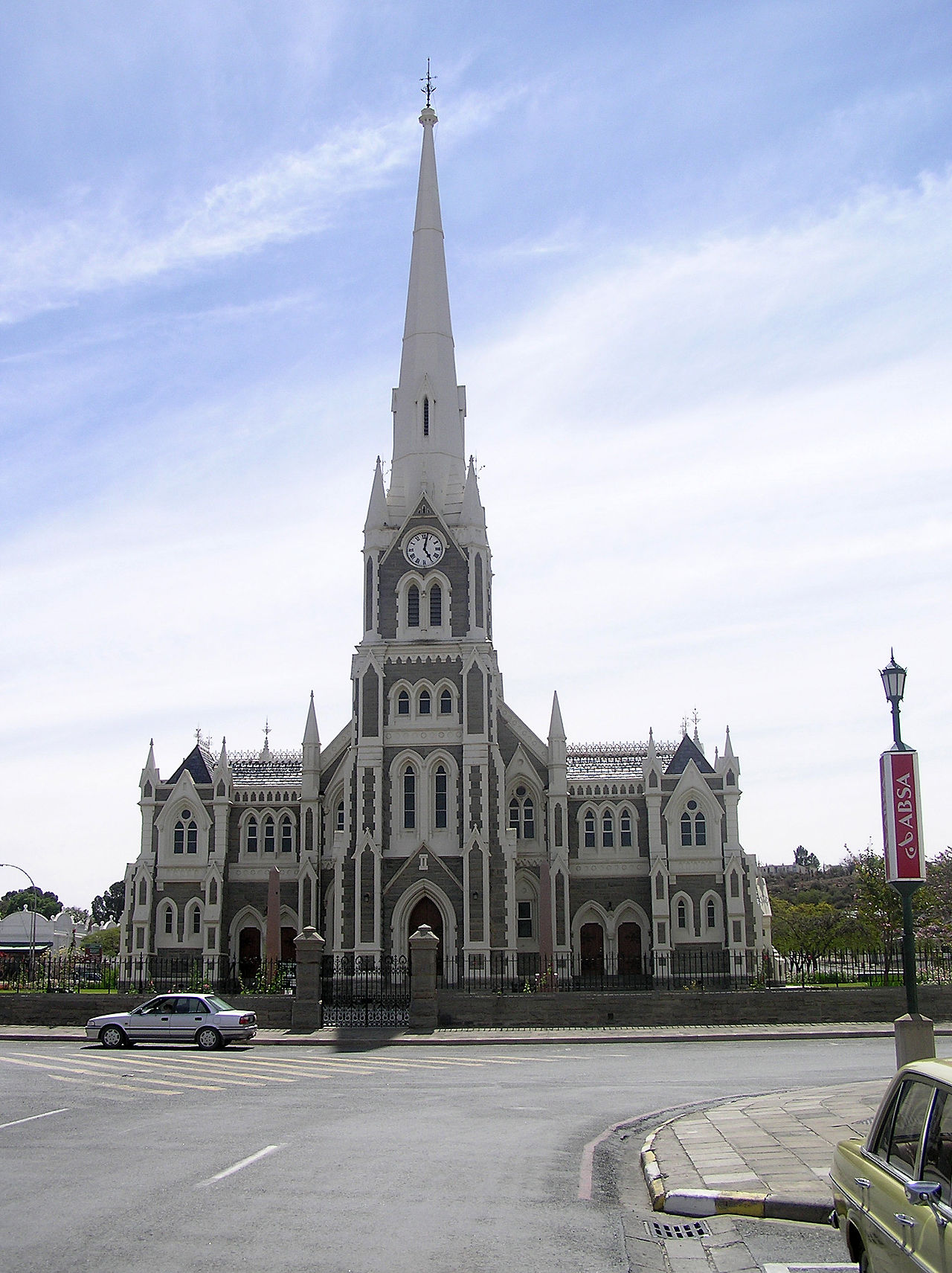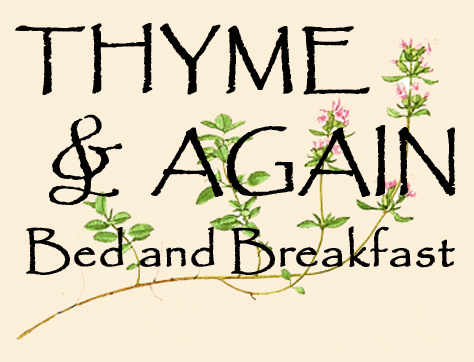Graaff-Reinet History
The town was founded by the VOC Dutch East India Company in 1786, being named after the then governor of Cape Colony, Cornelis Jacob van de Graaff, and his wife, whose maiden name was "Reinet".
In 1795 the burghers, smarting under the exactions of the VOC, and under the leadership of Adriaan van Jaarsveld, expelled the Landdrost Maynier and proclaimed an independent "Colony of Graaff-Reinet," requesting guardianship under the government in the Netherlands (and not the VOC). Similar action was subsequently taken by the burghers of Swellendam. Claims that the two "independent" regions wanted to be independent republics were found to be untrue. Before the authorities at Cape Town could take decisive measures against the rebels, they were themselves compelled to capitulate to the British who invaded and occupied the Cape. The burghers having endeavoured, unsuccessfully, to get aid from a French warship at Algoa Bay surrendered to Colonel (afterwards General Sir) JO Vandeleur.
In January 1799 Marthinus Prinsloo, a leader of the independent movement in 1795, again rebelled, but surrendered in April following. Prinsloo and nineteen others were imprisoned in Cape Town castle. After trial, Prinsloo and another commandant were sentenced to death and others to banishment. The sentences were not carried out and the prisoners were released, March 1803, on the retrocession of the Cape to the Netherlands. In terms of the Treaty of Amiens signed in 1802 (between England and France), the British returned the Cape Colony to the Netherlands in February 1803. It was then renamed the Batavian Republic.
In 1801 there had been another revolt in Graaff Reinet, but owing to the conciliatory measures of General F Dundas (acting governor of the Cape Colony) peace was soon restored. It was this district, where an independent "Colonie" government in South Africa was first proclaimed, which furnished large numbers of the Voortrekkers in 1835-1842.
In 1806, a British fleet of sixty-one ships dropped anchor at Robben Island and landed 6 000 troops at Blaauwberg. The Battle of Blaauwberg followed and Dutch resistance crumbled. On 13 August 1814 the Cape Colony was formally ceded to Britain by a convention under which Dutch vessels were to remain entitled to resort freely to the Cape of Good Hope for the purposes of refreshment and repairs. Britain agreed on 13 August 1814 to pay five million sterling to the United Netherlands for the Dutch possession at the Cape.
The Cape Colony received a degree of independence in 1872 when "Responsible Government" was declared and, in 1877, the government of Prime Minister John Molteno began construction of the railway line connecting Graaff-Reinet to Port Elizabeth on the coast. This was officially opened on 26 August 1879.[4]
Graaff Reinet became the centre of British military operations for the whole Eastern Cape during the Second Boer War. In 1901, a number of captured Boer rebels were tried in the town for crimes ranging from high treason, murder, attempted murder, arson and robbery. Nine were sentenced to death, with eight of these being executed by firing squad on the outskirts of the town, while the ninth sentence was carried out in Colesberg.[5] The Burgher Monument in Donkin Street commemorates the fallen Boers.
Graaff-Reinet History: Article from Wikipedia


